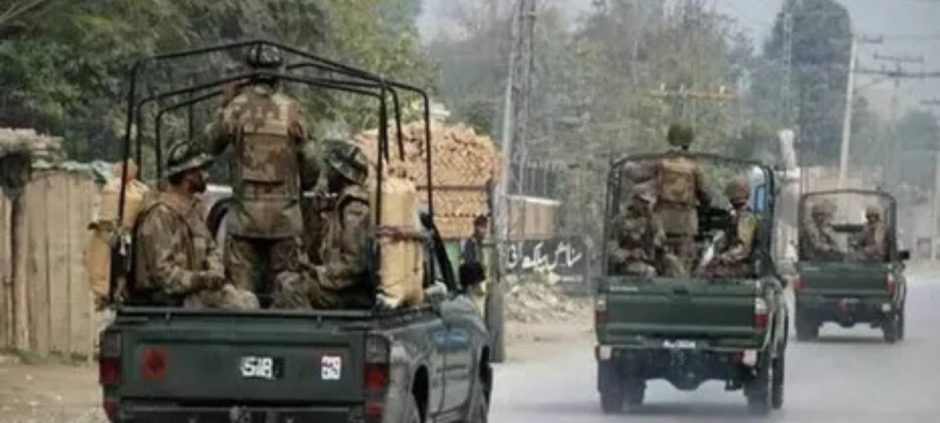Bulletproof vehicles are set to be sent to Balochistan following complaints raised by the Chief Minister of Khyber Pakhtunkhwa (KP). Federal Minister for Interior, Sheikh Rashid Naqvi, confirmed the move while emphasizing the government’s commitment to enhancing security across all provinces.
According to Naqvi, the decision comes after careful review of security needs, especially in areas that face heightened threats. The minister stressed that ensuring the safety of officials and citizens alike is a top priority for the federal administration.
Following the KP CM’s recent complaints, the government has taken a proactive approach to strengthen provincial security frameworks. Measures include not only sending bulletproof vehicles to sensitive regions but also enhancing local law enforcement coordination and response mechanisms. This step is expected to provide both officials and the public with an added layer of protection in high-risk zones.
In a related development, the KP government recently undertook a series of reforms aimed at improving public safety and administrative efficiency. These reforms showcase the government’s focus on both preventive and corrective measures to address security concerns effectively.
Security experts believe that sending bulletproof vehicles to Balochistan will help authorities respond more efficiently to any potential threats while also boosting public confidence in the administration’s capabilities. Local officials have welcomed the move, highlighting that such initiatives demonstrate the federal government’s responsiveness to provincial concerns.
The federal and provincial coordination reflects a broader strategy to improve safety infrastructure across Pakistan. With the deployment of these high-security vehicles, Balochistan is expected to witness a strengthened law enforcement presence in sensitive areas. Officials have indicated that monitoring and evaluation will continue to ensure the effectiveness of these measures.
This announcement follows a pattern of increased attention to security in regions facing challenges. The federal government’s approach demonstrates a mix of proactive planning and reactive measures to safeguard citizens, officials, and infrastructure alike. As the deployment progresses, authorities urge local communities to cooperate with security personnel to maximize the benefits of these new protective measures.











